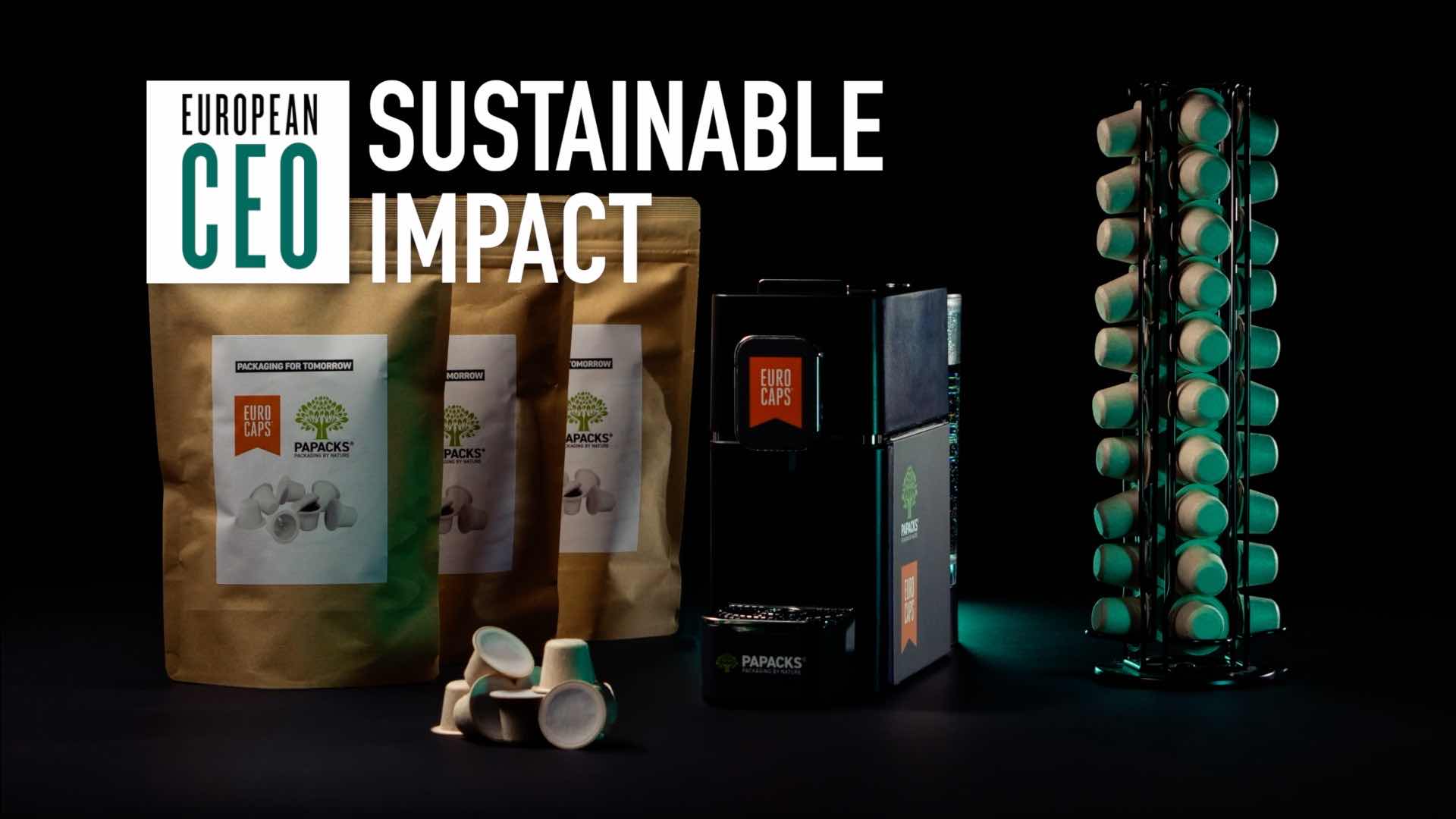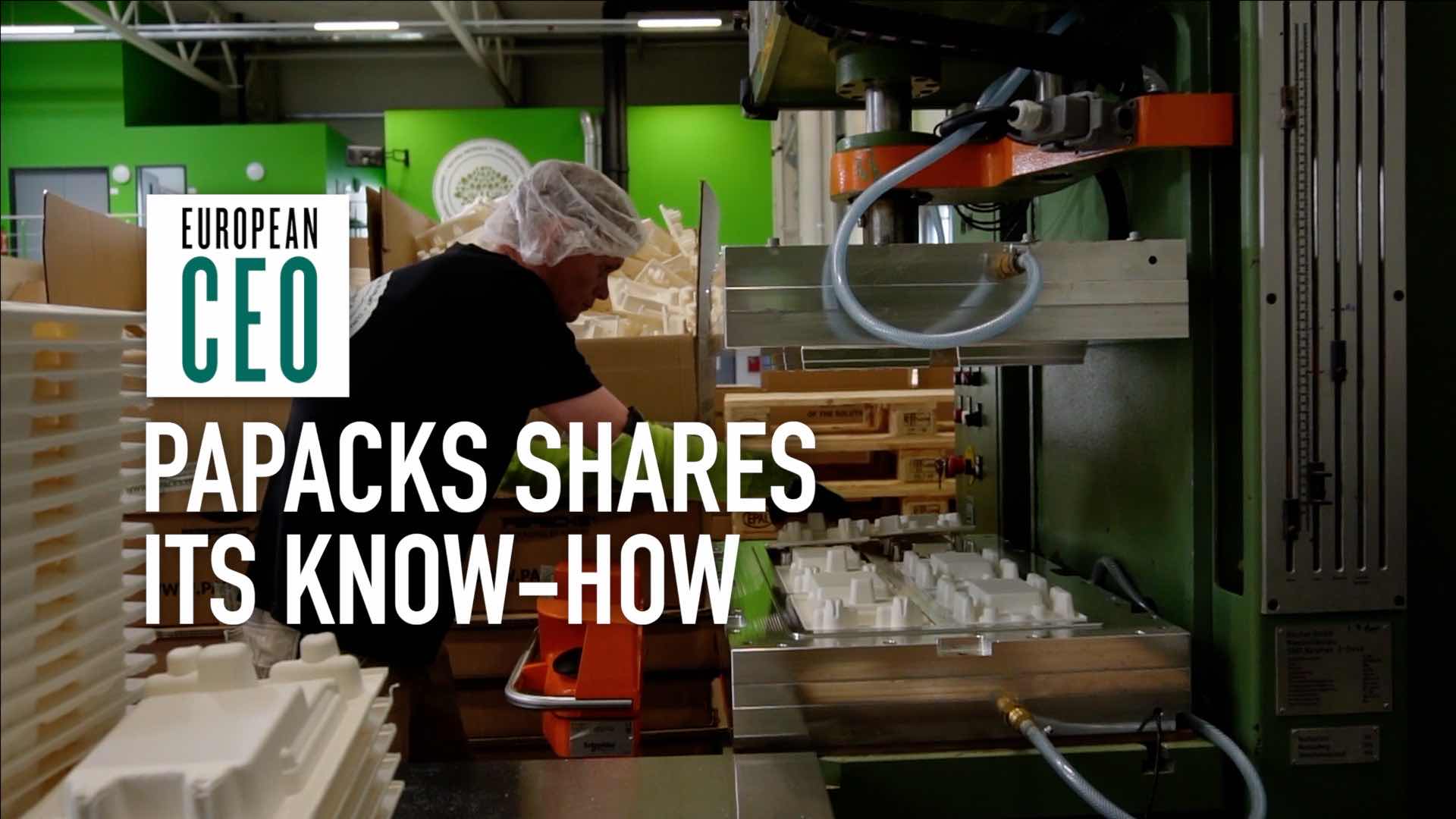Samsung Business brings mobile user experience to print marketplace
By combining its tablet technology and Android software with its printing devices, Samsung is enabling a truly mobile workplace
Transcript
For a long time the growing popularity of tablet devices seemed to spell the end of printing. In fact the opposite is true, and Samsung – one of the world’s largest smartphone and tablet manufacturers – is leveraging its expertise to help people work more flexibly and effiiciently.
European CEO: For a long time the growing popularity of tablet devices seemed to spell the end of printing. But here at Samsung, one of the world’s largest smartphone and tablet manufacturers, they’re finding the opposite is true.
The mobile ecosystem is the new way that users interact with and use information
John Webb: What we’re actually seeing is that smartphone and tablet users are increasing their scanning and printing. So, IDC for example saw a 43 percent increase in scanning among smartphone and tablet users. And that’s just proof to the fact that the solutions and the applications that they’re using with those devices still need that scanning and printing capability on the backend.
A lot of users are bringing in their own smartphones and tablets to the workplace. On average they have 4.1 devices: funnily enough, exactly the same as they’re using in their personal lives. That’s obviously presenting challenges to CIOs, CTOs, who are having to cater to these new devices and these new ways of working.
Paul Birkett: The mobile ecosystem is the new way that users interact with and use information in today’s workplace. What we wanted to do was, we wanted to bring that same experience, those same applications, to the printing platforms.
Any user can start by simply downloading the free app from the iOS Store, from the Google Play Store, or from the Windows Phone Store, which enables them to simply, with the press of a button, connect directly to a Samsung multifunction or printing device, and to print or scan easily.
Using NFC on your device, you can simply tap. And that will enable you to register the device. Once registered, through a series of simple button presses on the device, print quickly and easily from your phone, or scan from the device directly back to your phone.
It truly becomes a cash and revenue generator for our customers and our partners
You can either have authentication turned off or on, whereby the device will expect you to tap in again, and enter a secure PIN code. If that’s not required, the job will immediately print at the device you selected.
Of course, for many enterprises that won’t be enough. They’re going to want to control the security, and further manage the user experience. So we also provide, utilising our Printer On technology, fully enterprise-capable solutions that integrate directly with standard security management platforms like active directory; and also with standard enterprise platforms like Oracle and Siebel, to enable the average end user to quickly and easily get work done: wherever they are, whenever they are.
European CEO: Embedding a tablet device into its printers – and through this, the Android operating system – is key to Samsung’s vision for the user experience.
Paul Clarke: What this brings is a customer’s experience that is beyond anything they’ve experienced before.
Let’s say there’s a retail customer, or a partner that we’ve worked with. They could put their actual catalogue onto our devices, so those customers can then access that catalogue to purchase other items and other services. So it truly becomes a cash and revenue generator for our customers and our partners moving forward; as well as a much more flexible device for businesses, and in particular, end users who need to do their day-to-day job.
Paul Birkett: We were looking at the way user workflows were likely to change in the future. And one of the big realisation points we had was, sometimes a user may only have a very small phone interface to do some fairly complex and comprehensive tasks.
By combining the smartphone interface with the larger interface on the device, it makes it easy for a user to get work done in different ways. It’s just like using a high-end tablet: utilising technology that already looks and feels, through Android, like the technology that they’re using every day on their smartphone.
It’s just like using a high-end tablet: utilising technology that already looks and feels like the technology that they’re using every day on their smartphone
European CEO: To make the print marketplace even easier for enterprise, Samsung is wrapping its best applications and solutions into the new Samsung Business brand.
John Webb: They key to Samsung Business is, it looks on one side at the user: how the user is using our technology, and the familiarity that they have from their personal usage. And then on the other side, what does that mean for the business? So, how are those users coming into the business, increasing their influence, and then taking that technology from their personal lives into the workplace, to build on the processes, the efficiencies, and the innovation that they’re driving at work.
Mobility and connectivity: that’s the way that people live their lives today. It’s all about the user, and being able to do things when they want to, where they want to, how they want to. And so for us, it’s about how we empower that. How we give technology to the users, so that they can then build and amplify and augment what they’re doing for the businesses that they work for. And it’s really about the marriage of the two: the user and the business, creating innovation and growth within the workspace.


 Papacks CEO: ‘Working with sustainable impact makes people happy’
Papacks CEO: ‘Working with sustainable impact makes people happy’ Papacks goes global by sharing molded fiber technology in licence model
Papacks goes global by sharing molded fiber technology in licence model Think circularity: Molded fiber is the sustainable future of packaging
Think circularity: Molded fiber is the sustainable future of packaging